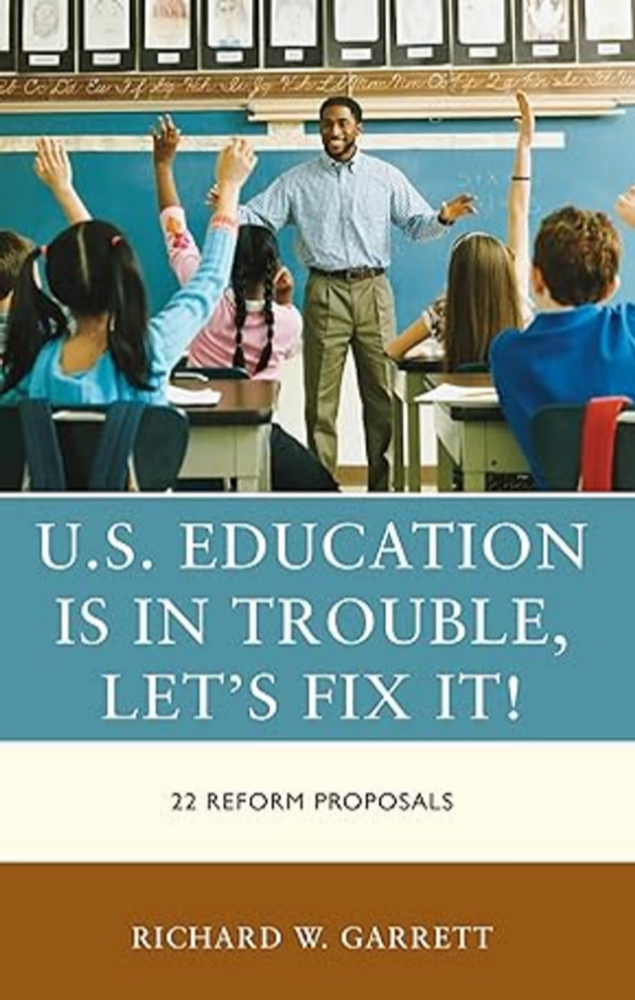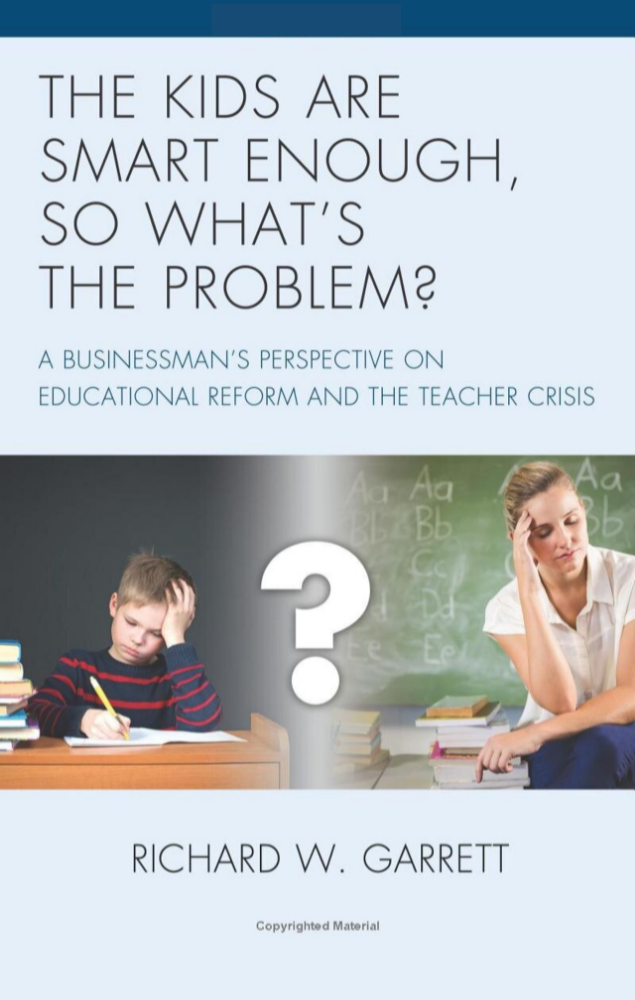Discipline and Good Behavior: Two Missing Elements in U.S. Education Today
/in Blogs /by Richard GarrettIn my last blog I was very candid about the behavior of some of the students in our classrooms and pointed out that this behavior is driving many potential teachers away from our schools.
As we talk about discipline, we need to better understand the nature of a classroom. In my book: The Kids Are Smart Enough, So What’s the Problem? (Rowman and Littlefield Dec. 2019), I worked with a small team of teachers to set up a process to assess the magnitude of their discipline problems. As you will see, most students are just fine but the “bad apples” ruin it for everyone, especially the teachers.
The Three Types of Students
The teachers define three kinds of students in any classroom, in the book we title this “The Spectrum of Students”. They are:
- The Engaged
- The Followers
- The Disruptives
The names go a long way to defining the student type but let me add a few words.
The engaged are the teacher’s dream students. They want to learn, and they can be counted on to act with integrity the majority of time. If the teacher needs to leave the room, they continue to work. A teacher would find great delight in their work with a classroom full of engaged students.
The followers are the most complex and are often the most common type of students. They are heavily influenced by the students around them. Human nature, being what it is, usually has them following the disruptive kids.
The disruptive students are the ones who rarely make good choices in the classroom. They cannot be trusted to make good decisions when left alone. They rarely do their homework and getting them to complete class work is very difficult. These students rarely take responsibility for their actions and blame others for their choices. They are frequently bullies and do not hesitate to initiate conflict against their peers and sometimes against their teachers.
Every classroom has this kind of a student spectrum. A friend was a teacher in a very fine private school in the Atlanta area. I asked him to classify a typical class. He says Engaged – all but two students, followers zero, and disruptive two. Even with such numbers, the disruptives caused loss of instruction time in his classes.
Here was the distribution of students in the four classrooms the study team from my book:
Engaged 31%
Followers 46%
Disruptives 23%
The total student count for the four classes was about 100 so there were 24 disruptive kids spread evenly in the four classes. So, you are a teacher in one of these classes and you reluctantly admit that these 6 students in your class are so “hard core” that you cannot effectively manage them. I must say that the teachers in our study school received very little help from their administration, quite to the contrary, the administration disallowed many of the disciplinary penalties they imposed. For example, they could not hold a kid in for recess. In a later blog we show how we assessed their negative impact to be in the 28% range for lost instruction time; meaning that a child in this school who attends class 5 days a week only receives 3.6 days of instruction.
Lest we become too disappointed, in my book I write about a teacher from Houston Texas named Janice Minyon. She agreed to take all of the disruptives from, let’s say the fourth grade in their school, and teach them by herself. She says these kids were frequently called “The kids from hell.” She was a masterful teacher, having graduated summa cum laude from the University of Pittsburg, and successfully taught these kids for about 18 years. She was a master at diagnosing what the children needed to be successful. I asked her to give me ten keys to success with these kids. These are listed on page 83 of my book. She was very proud of the successful students she created.
Grab my book on Amazon and read how you can change the discipline in your classroom and school. There are 22 proven strategies ready to be implemented. For additional information, contact Dr. Richard Garrett.












